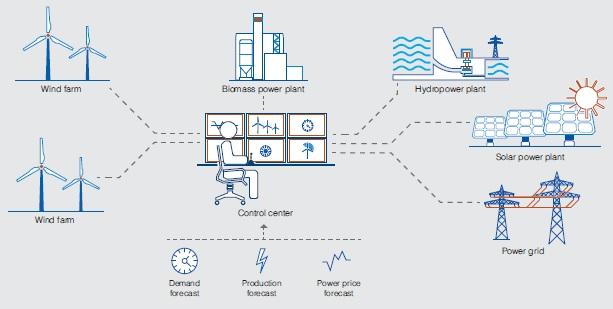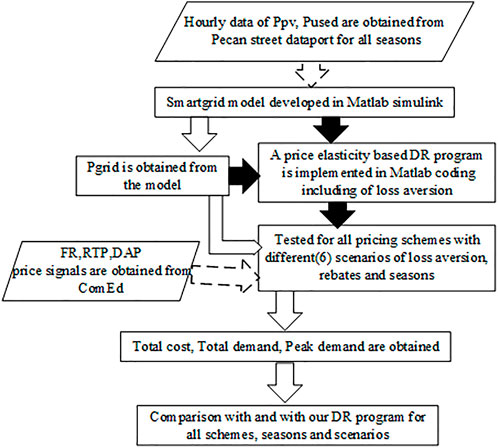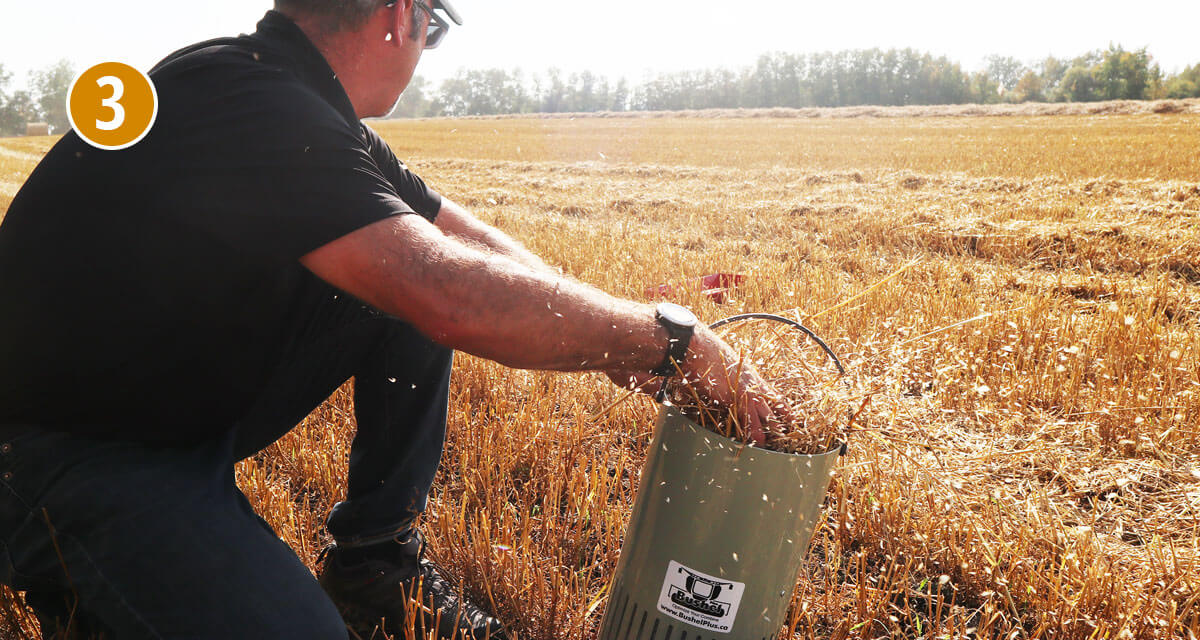Report on Virtual Power Plants and Their Contribution to Sustainable Development Goals
A significant challenge in the transition to renewable energy is the mismatch between peak generation and peak demand, leading to the curtailment, or waste, of clean energy. This issue, often illustrated by the “duck curve,” threatens the efficient integration of renewables. Virtual Power Plants (VPPs) present a critical technological solution to this problem, directly supporting the achievement of several United Nations Sustainable Development Goals (SDGs).
The Function and Importance of Virtual Power Plants (VPPs)
Defining VPP Technology
A Virtual Power Plant is a network of decentralized, distributed energy resources (DERs), such as batteries, that are aggregated and managed to provide reliable power to the grid. VPPs can draw excess energy from the grid during periods of low demand and high renewable generation, storing it for later use. This functionality allows them to act as a virtual replacement for a traditional power plant, particularly carbon-intensive “peaker” plants.
Addressing Grid Imbalances
The primary function of a VPP is to stabilize the energy grid by balancing supply and demand. By absorbing surplus solar and wind power, VPPs “fill the trough” of the duck curve, mitigating the intermittency of renewables. This load-shifting capability is essential for harmonizing the grid as it accommodates increasing electrification from sources like electric vehicles and heat pumps, ensuring a stable and reliable energy supply.
VPPs as a Catalyst for Achieving Sustainable Development Goals
The implementation of VPP technology is a direct enabler of progress across multiple, interconnected SDGs, creating a more sustainable and resilient energy future.
SDG 7: Affordable and Clean Energy
VPPs are fundamental to advancing SDG 7 by ensuring that clean energy is not only generated but also efficiently utilized. Their contributions include:
- Increasing the share of renewable energy in the global energy mix by reducing curtailment.
- Improving energy efficiency by storing surplus power that would otherwise be wasted.
- Enhancing access to reliable and modern energy services by stabilizing the grid and preventing outages.
SDG 9: Industry, Innovation, and Infrastructure
VPPs represent a significant innovation in energy infrastructure, aligning with the objectives of SDG 9.
- They promote the development of resilient, sustainable, and reliable infrastructure capable of managing modern energy demands.
- As a clean technology, VPPs facilitate the upgrade of existing infrastructure, reducing reliance on fossil-fuel-based systems.
- They foster innovation in load management and grid services, essential for the future of the energy industry.
SDG 11: Sustainable Cities and Communities & SDG 13: Climate Action
By transforming energy systems, VPPs contribute to more sustainable communities and provide a tangible tool for climate action.
- Resilience (SDG 11): VPPs enhance urban resilience by balancing grid frequency, preventing electrical abnormalities, and reducing the likelihood of power outages.
- Climate Mitigation (SDG 13): By maximizing the use of solar and wind power, VPPs directly support the transition away from fossil fuels, a critical step in combating climate change and its impacts.
- System Harmonization (SDG 13): They enable the large-scale electrification of transport and heating, harmonizing new electrical loads with renewable energy generation to create a fossil-fuel-free energy system.
Analysis of Sustainable Development Goals in the Article
1. Which SDGs are addressed or connected to the issues highlighted in the article?
-
SDG 7: Affordable and Clean Energy
- The entire article focuses on managing renewable energy sources like solar and wind, which is central to SDG 7. It discusses the challenge of integrating these clean energy sources into the grid and presents Virtual Power Plants (VPPs) as a solution to ensure this energy is not wasted, thereby promoting the use of clean energy.
-
SDG 9: Industry, Innovation, and Infrastructure
- The article highlights innovation in the energy sector through the development and implementation of VPPs. It describes VPPs as a technological solution to upgrade existing energy infrastructure (the grid) to make it more resilient, sustainable, and capable of handling the “intermittency of renewables.”
-
SDG 11: Sustainable Cities and Communities
- The discussion on stabilizing the grid, avoiding power outages, and providing a reliable power source for consumers and homes directly relates to creating sustainable and resilient communities. VPPs are presented as a way to manage increasing electrical loads from “electric vehicles, heat pumps” in communities, ensuring a stable energy supply.
-
SDG 13: Climate Action
- By proposing a solution to maximize the use of renewable energy and reduce waste, the article addresses a key strategy for climate action. The text explicitly mentions the goal of evolving into a “renewable, electrified energy system that’s fossil fuel-free” and replacing “peaker power plants,” which are often high-emission, thus contributing to climate change mitigation.
2. What specific targets under those SDGs can be identified based on the article’s content?
-
Target 7.2: Increase substantially the share of renewable energy in the global energy mix.
- The article’s central problem, the “duck curve,” arises because California is “producing more renewable energy than it’s able to use.” This indicates a substantial share of renewables in the energy mix. VPPs are a solution to manage this high share effectively, enabling even further increases.
-
Target 7.a: Promote investment in energy infrastructure and clean energy technology.
- The article discusses PG&E’s “Seasonal Aggregation of Versatile Energy (SAVE) VPP” project and quotes the CEO of a VPP provider, Sonnen. This points to investments in clean energy technology (VPPs) and the supporting infrastructure needed to stabilize the grid.
-
Target 9.4: Upgrade infrastructure and retrofit industries to make them sustainable, with increased resource-use efficiency and greater adoption of clean and environmentally sound technologies.
- VPPs are described as a “sustainable solution” and a clean technology used to upgrade the electrical grid. They improve the grid’s resource-use efficiency by ensuring that generated renewable energy is stored and used rather than “wasted,” a process the article calls “harmonizing” the energy supply with the grid’s needs.
-
Target 13.2: Integrate climate change measures into national policies, strategies and planning.
- The article describes a strategic response to the challenges of a major “energy transition.” The implementation of VPPs by utilities like PG&E is a clear example of integrating climate-friendly measures (managing renewables) into regional energy planning and strategy to achieve a “fossil fuel-free” system.
3. Are there any indicators mentioned or implied in the article that can be used to measure progress towards the identified targets?
-
Amount of curtailed (wasted) renewable energy.
- The article opens by stating that excess renewable energy “gets wasted.” A key function of VPPs is to solve this problem. Therefore, a reduction in the amount of curtailed energy would be a direct indicator of progress in making the renewable energy supply more efficient (related to Target 7.2 and 9.4).
-
Number and capacity of VPPs deployed.
- The article presents VPPs as the solution. Tracking the number of VPP projects, like PG&E’s SAVE VPP, and their total storage capacity would serve as an indicator of investment in clean energy technology and infrastructure upgrades (related to Target 7.a and 9.4).
-
Reduction in the reliance on peaker power plants.
- The text explicitly states that VPPs are a “virtual replacement for a power plant” and can replace “peaker power plants.” Measuring the reduction in operating hours or the decommissioning of fossil-fuel peaker plants would be a clear indicator of progress towards a cleaner energy system and climate action (related to Target 13.2).
-
Grid stability and frequency of power outages.
- The article mentions that VPPs “help avoid power outages by balancing the frequency of the grid.” A decrease in the frequency and duration of power outages in a region with high renewable penetration would indicate successful infrastructure adaptation and increased resilience (related to SDG 11).
SDGs, Targets, and Indicators Summary
| SDGs | Targets | Indicators (Identified or Implied in the Article) |
|---|---|---|
| SDG 7: Affordable and Clean Energy | 7.2: Increase substantially the share of renewable energy in the global energy mix. | The “duck curve” phenomenon, which represents a high share of renewable energy production during the day. |
| SDG 9: Industry, Innovation, and Infrastructure | 9.4: Upgrade infrastructure and retrofit industries to make them sustainable… with increased resource-use efficiency and greater adoption of clean… technologies. | Amount of curtailed/wasted renewable energy; VPPs are used to reduce this waste, improving resource-use efficiency. |
| SDG 13: Climate Action | 13.2: Integrate climate change measures into national policies, strategies and planning. | Reduction in the reliance on “peaker power plants” as VPPs are deployed as a “virtual replacement.” |
| SDG 11: Sustainable Cities and Communities | Implied relation to building resilient infrastructure for communities. | Grid stability and frequency of power outages; the article states VPPs “help avoid power outages.” |
Source: emergingtechbrew.com







